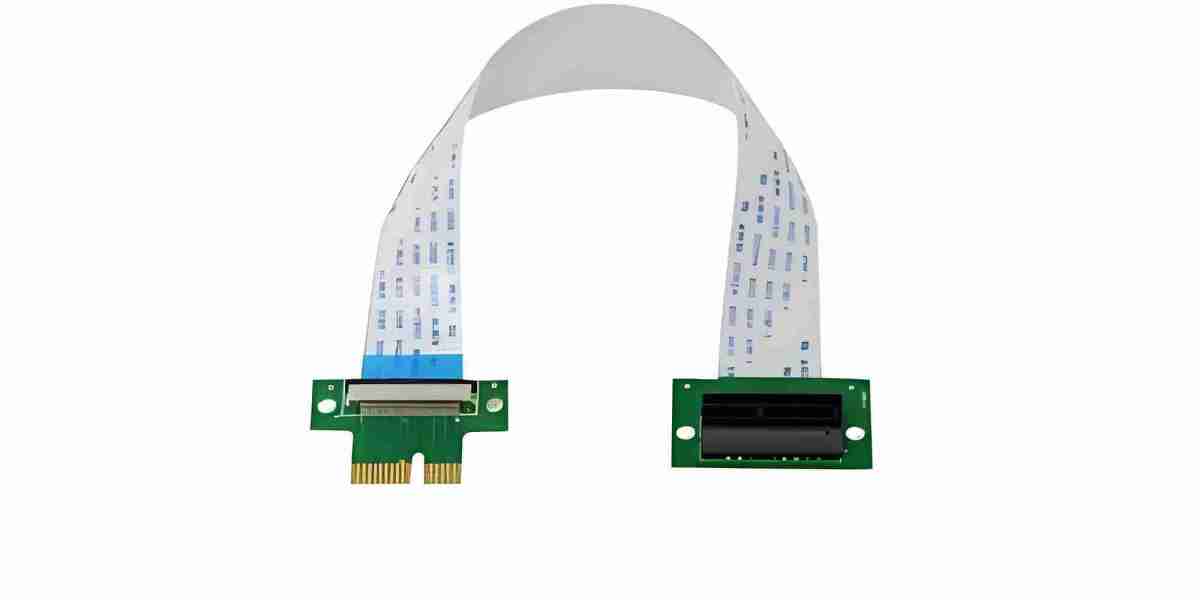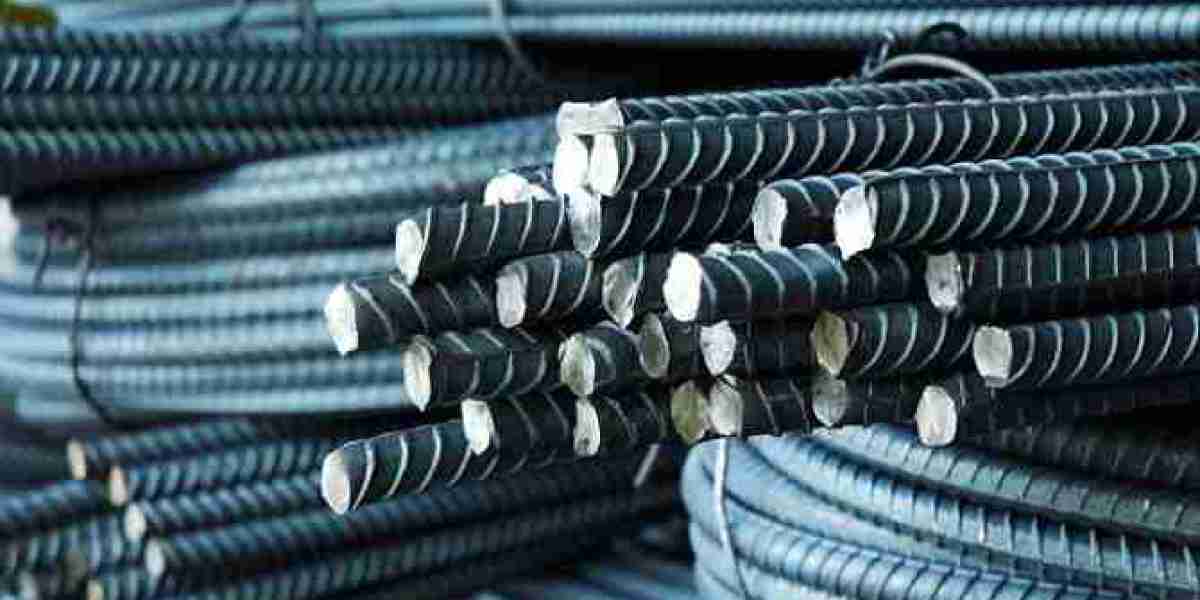Introduction
Connectors are essential components that electronic engineers frequently encounter. Also known as plugs and sockets, connectors serve a singular purpose in circuits: they bridge isolated or disconnected circuits, allowing current to flow and enabling the circuit to function as intended.
As electronic components evolve, so do the forms and structures of connectors. The increasing demands for frequency, power, and environmental resistance in electronic components have led to the development of various types of connectors. This article will examine the common types and distinctions between two popular connectors: FFC (Flexible Flat Cable) and FPC (Flexible Printed Circuit).
FFC Connectors: Types and Applications
FFC connectors are highly recognized in the electronics industry and are widely used due to their flexibility and reliability. FFC connectors are made from PET insulation material and ultra-thin tin-plated flat copper conductors, produced through high-tech automated assembly lines. These connectors are known for their flexibility, ease of bending, thin profile, small size, simple connection process, and excellent electromagnetic interference (EMI) shielding properties.
These connectors are commonly used for connections between printer heads and motherboards, as well as in devices such as plotters, scanners, copiers, audio equipment, LCD appliances, fax machines, and various disc players. FFC connectors are practically ubiquitous in modern electronic equipment.
FPC Connectors: Structure and Applications
On the other hand, FPC connectors, also known as Flexible Printed Circuit connectors, are constructed using flexible materials that can bend and fold, forming a type of PCB (Printed Circuit Board). FPC connectors are primarily used to connect LCDs to the driver circuit PCB.
These connectors are widely applied in various digital communication products, portable electronic devices, computer peripherals, measurement instruments, and automotive electronics. Examples include mobile phones, digital cameras, laptops, MP3/4/5 players, handheld gaming devices, and audio systems.
Common Types of FFC and FPC Connectors
There are seven common types of FFC connectors:
Type A: Both ends are connected with reinforcement plates attached to insulating adhesive paper.
Type B: Reinforcement plates cross-attached directly to insulating adhesive paper.
Type C: Reinforcement plates attached directly to the conductors at both ends.
Type D: Cross-attached reinforcement plates at both ends directly to the conductors.
Type E: Reinforcement plate attached to insulating adhesive paper at one end and soldered directly at the other.
Type F: One end is attached to insulating adhesive paper and the other end is soldered directly.
Type G: Both ends soldered directly.
FPC connectors mainly feature a 0.5mm pitch, with some products also available in a 0.3mm pitch.
Distinctions Between FFC and FPC Connectors
While FFC connectors are flexible flat cable connectors, FPC connectors are flexible printed circuit boards. The manufacturing processes of these two types are different. FFC connectors are made by sandwiching flat copper conductors between two insulating film layers, resulting in a simpler, thicker final product. Conversely, FPC connectors are created by chemically etching FCCL (Flexible copper-clad laminate) to produce different circuit patterns in single-sided, double-sided, or multilayer flexible circuit boards. Due to these differences in process and design, the cost of FFC connectors is generally lower than that of FPC connectors, making FFC the preferred choice for many companies.
Conclusion
In summary, both FFC and FPC connectors play crucial roles in modern electronic devices, each offering unique advantages. FFC connectors are favored for their simplicity and cost-effectiveness, while FPC connectors are preferred in applications requiring more complex and flexible circuit designs. Understanding the distinctions and applications of these connectors is vital for selecting the right component for your electronic projects.
Gekunflex is committed to providing high-quality FFC and FPC connectors that meet the diverse needs of today's electronic devices.














